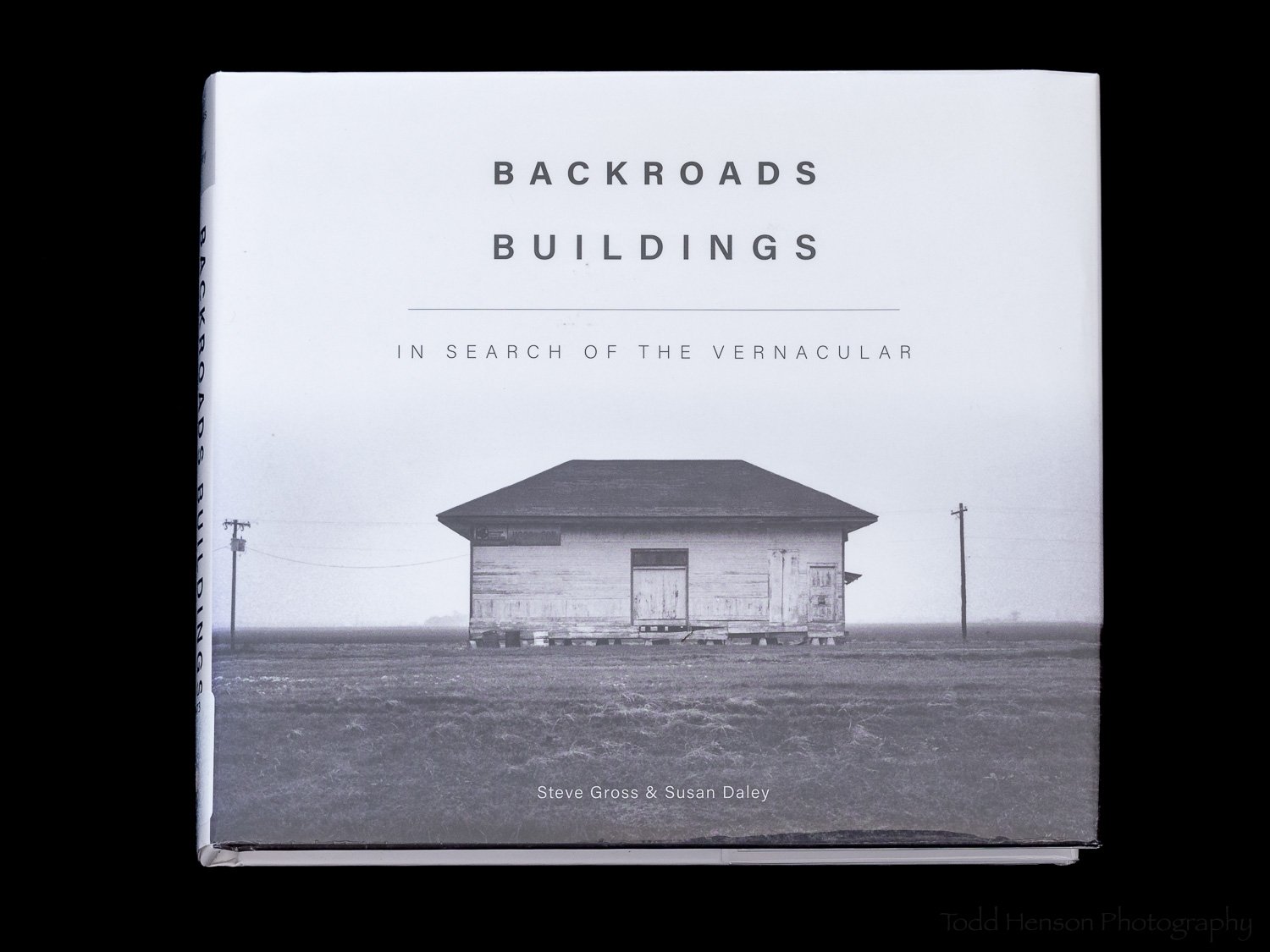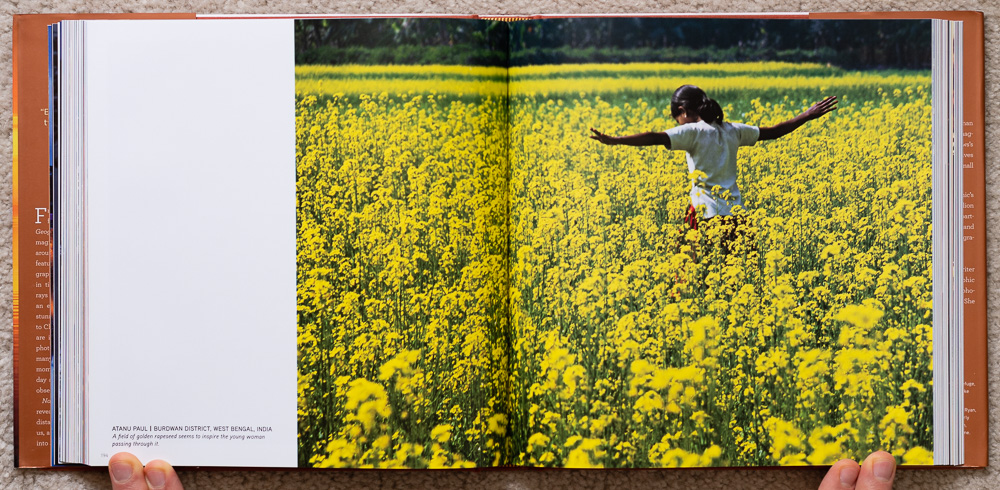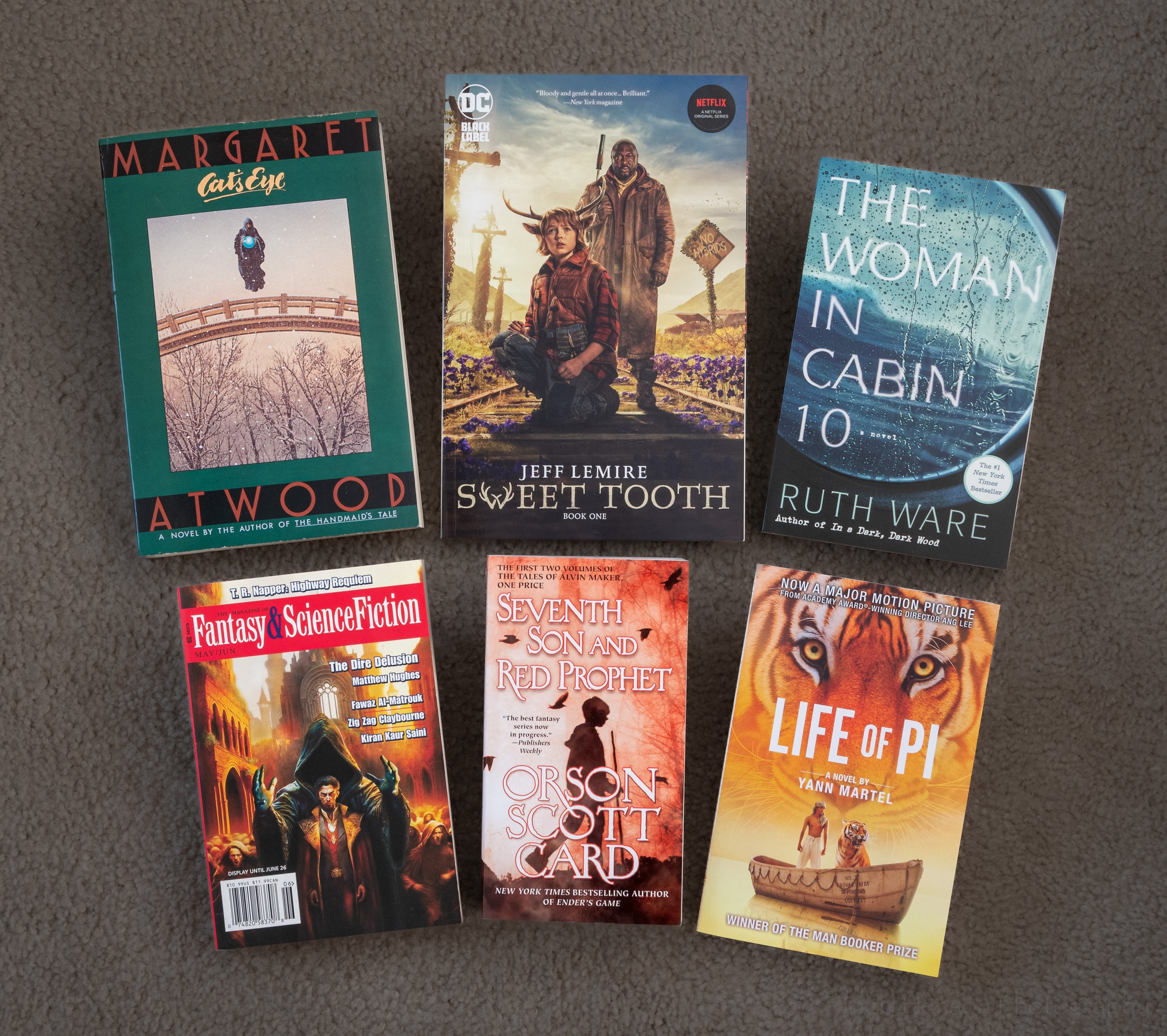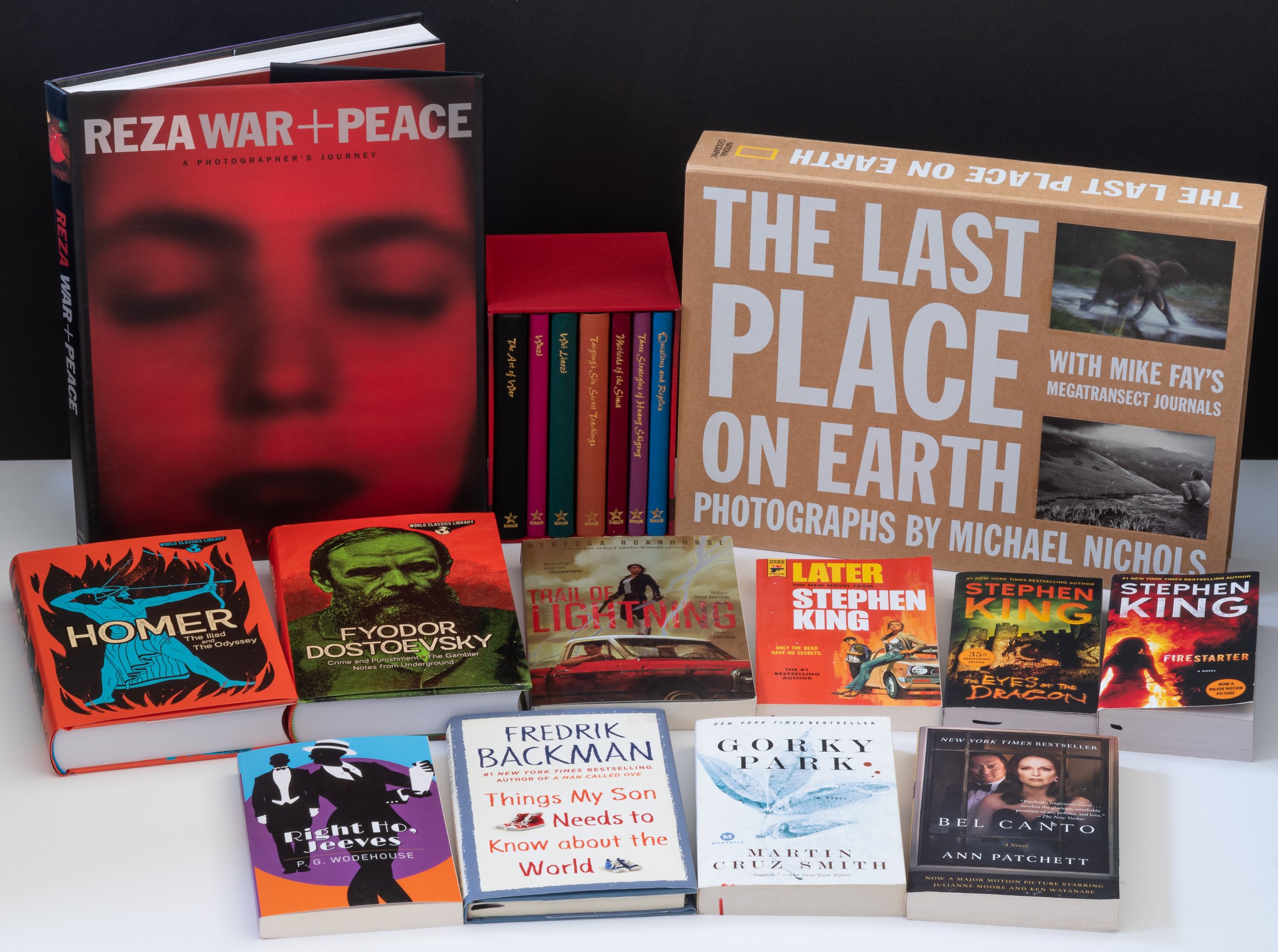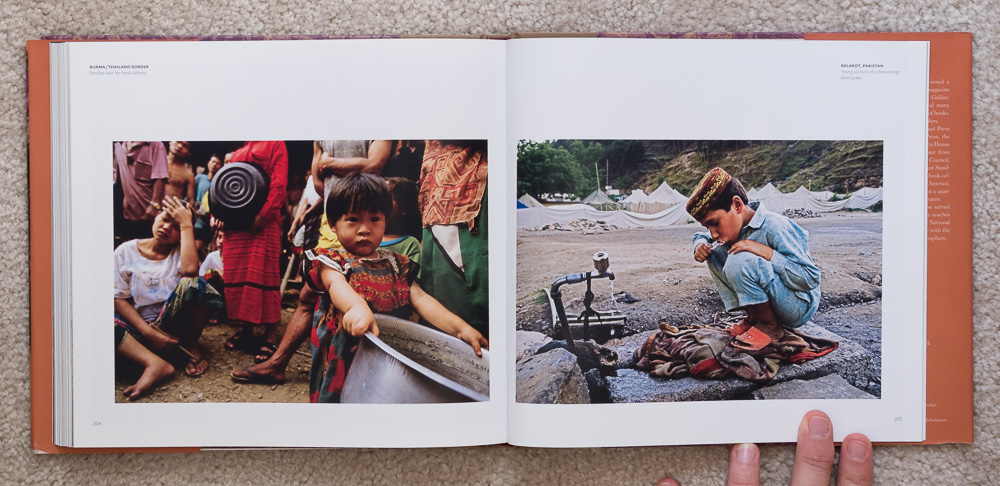This post contains affiliate links and I will be compensated if you make a purchase after clicking on my links. This is at no extra cost to you.
I received my copy of How to Know the Birds from the publisher, National Geographic Books, through a giveaway at goodreads.
How to Know the Birds: The Art & Adventure of Birding by Ted Floyd is packed full of interesting and educational info on a range of different birds, and on many of the topics relevant to the birding world. I wasn’t sure at first how much I’d enjoy it, as it is broken into 200 one-page lessons, with each lesson largely focusing on a single topic and typically using a single bird as an example of that topic. I just doubted a lot of little sections would be all that interesting.
But the more I read the more I enjoyed it. Each lesson can to some extent stand on their own. But reading it straight through I also found lessons building on one another. Think of it as a fun primer on birding put together by a great group of local birders, getting together each week to continue learning. It felt like the sort of book that would be great for the beginning birder, which I would consider myself. But it delves deep enough in some topics I suspect more knowledgeable birders would also enjoy it.
“How to Know the Birds is a storybook for bird lovers. It is not a field guide in the traditional sense. Many of the accounts go into some detail about the way birds look and, just as important, the way they sound; but many others barely scratch the surface in that regard. What you will find in the accounts—and I’ve endeavored to emphasize this in every single one of them—is a big idea, a method or technique or resource, about bird study in our age. A number of the accounts conclude with an open-ended question or, at least, some measure of ambiguity; that’s a reflection of the intellectual health and scientific rigor of modern birding. An even 200 accounts, or lessons, fill the pages of this book.”
The book is broken into 6 parts, each corresponding to several months of the year, and to an over-arching theme that each lesson in that part will contribute to.
Spark Bird!
Part 1, titled “Spark Bird!” covers January and February and is composed of lessons 1-36. The title refers to the idea that many birders have a specific species of bird that first got them interested in birds and birding, their “spark bird.” I don’t know that I have a spark bird, myself. I came to birding largely through photography, and it has slowly grown from there.
This section starts us down the path of how we first start identifying birds. We see them, we recognize them, but what bird is it, what’s it called? How can we identify a bird? Slowly we learn more about physical characteristics of birds (color, patterns, size, shape), about bird song and sounds, behaviors, and habitat. We learn that sometimes females and males look very different, as can juveniles and adults, as can the same bird seen at different times of the year.
After the Spark
Part 2, titled “After the Spark” covers March to May and is composed of lessons 37-74. After we begin learning how to identify birds we begin to realize there are many birds we can hear but can’t identify. We learn about bird song, how to identify birds through their song, what their song is for, and many other topics. We also learn about bird migration, how some birds can only be seen in some areas for part of the year. Where do they go and why?
Now What?
Part 3, titled “Now What?” covers June and July and is composed of lessons 75-115. We love watching birds, but sometimes we feel like there must be more to do, right? Is there a way we can contribute to the birding community? We learn about citizen science projects, such as bird surveys. We learn about different groups, projects, and online resources. There are also lessons on many aspects of breeding and habitat.
Inflection Point
Part 4, titled “Inflection Point” covers August and September and is composed of lessons 116-141. Some birds change their appearance during the year, and some change their locations. They molt and they migration. This section provides many lessons on these two fascinating topics. The migration lessons even go into more modern issues affecting birds in migration, such as the confusing lights of cities at night and the problem of birds smashing into large buildings covered in reflective windows.
What We Know
Part 5, titled “What We Know” covers October and November and is composed of lessons 142-169. We’ve learned a lot so far. But where did this knowledge come from? We learn about many of the resources, old and new, available to birders, from books and CD’s, to online resources, apps, organizations and events. We also learn about many of the things some birders do, such as compiling lists, chasing after a specific species, looking for as many species as we can in one day or one year, traveling, bird banding, and many other activities.
What We Don’t Know
Part 6, titled “What We Don’t Know” covers December and is composed of sections 170-200. Despite all we’ve learned so far there is still so much more to learn, so much we don’t yet know. And isn’t that a wonderful and exciting thought? That we can still go out and learn more about these wonderful creatures we’ve spent so much time watching and studying.
I thoroughly enjoyed How to Know the Birds, by Ted Floyd, who also happens to be the editor of Birding magazine. This is one of those books that’s fun to read through the first time, but is also enough of a resource that you return to it again and again, rereading sections as you encounter a bird you remember reading about, or when you want to explore a new aspect of birding you recall being mentioned. I’d highly recommend this book to anyone who already considers themselves a birder, and to those just getting started, who like watching and learning about birds, but don’t really know much else about them. This is a great step down the path of life-long learning.




